Home>Ideas and Tips>Texas Wildflowers: Best Times To Sow Bluebonnet Seeds
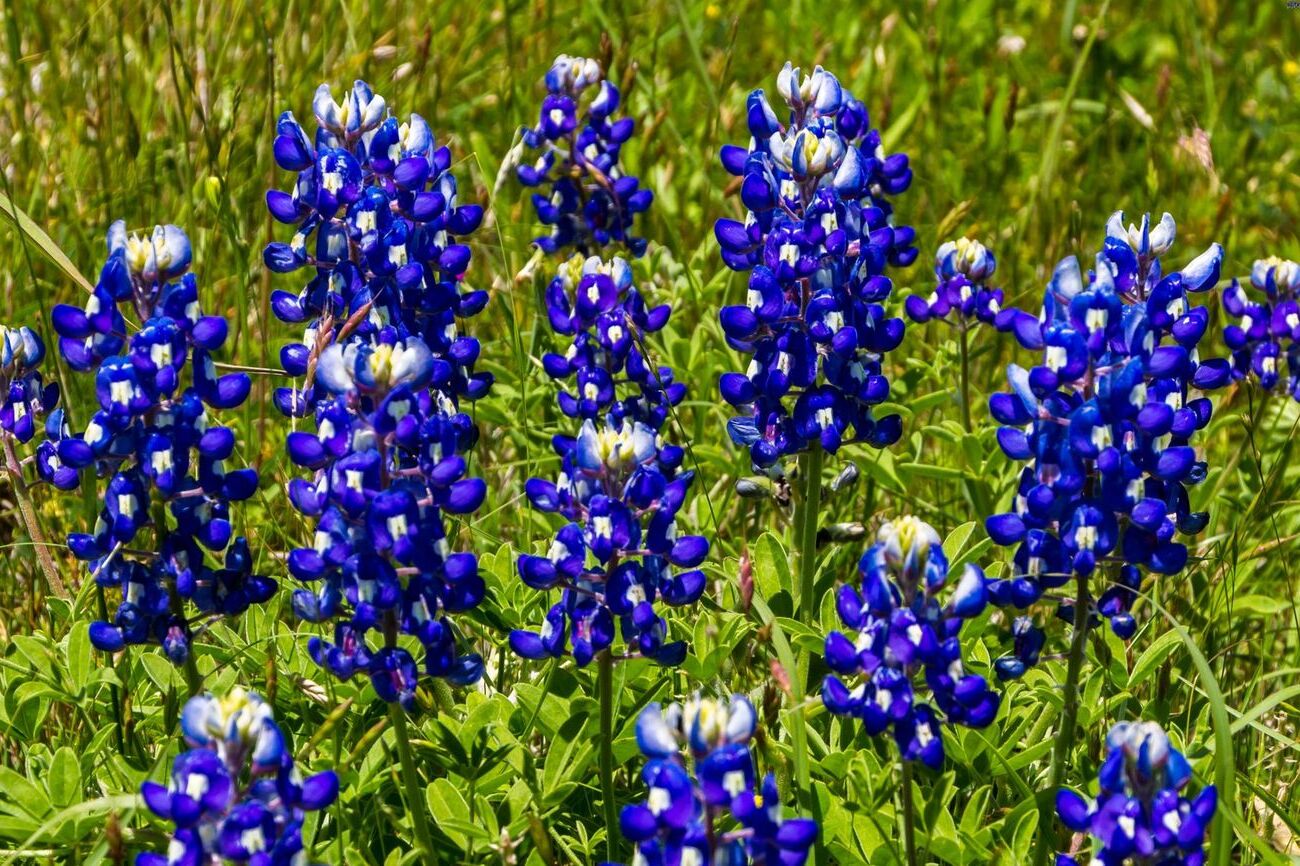

Ideas and Tips
Texas Wildflowers: Best Times To Sow Bluebonnet Seeds
Published: October 26, 2024
Discover the best times to sow bluebonnet seeds and essential planting tips to enjoy vibrant Texas wildflowers in your garden.
(Many of the links in this article redirect to a specific reviewed product. Your purchase of these products through affiliate links helps to generate commission for Storables.com, at no extra cost. Learn more)
Introduction
Bluebonnets, the iconic wildflowers of Texas, are a symbol of the state's natural beauty and resilience. These annual plants, which bloom in vibrant shades of blue, are a favorite among gardeners and nature enthusiasts alike. However, growing bluebonnets can be challenging, especially outside of their native habitat. In this article, we will delve into the best times to sow bluebonnet seeds, provide detailed planting tips, and discuss the specific requirements for these beautiful flowers.
Understanding Bluebonnets
Before we dive into the specifics of planting bluebonnets, it's essential to understand their nature. Bluebonnets (Lupinus texensis) are hardy winter annuals native to Texas. They thrive in rocky, alkaline soils and can tolerate drought conditions, which makes them well-suited for the Texas landscape.
Best Time to Plant Bluebonnet Seeds
The best time to plant bluebonnet seeds is in the fall, specifically between late September and early November. This allows the seeds to germinate during the cooler months and grow throughout the winter, ready to bloom in late March to mid-May. Planting in the fall also helps the seeds avoid the harsh summer heat and ensures that they have enough time to establish a strong root system before blooming.
Preparing the Soil
Bluebonnets are adapted to poor soils and can thrive in decomposed granite or other well-drained areas. However, if you need to mix soil from scratch, it's crucial to include ingredients that mimic their natural habitat. A mix of 50% decomposed granite, 20% topsoil, and 30% organic matter (like compost) would be ideal. This blend provides good drainage and nutrients while maintaining the alkaline pH that bluebonnets prefer.
Scarifying the Seeds
One of the key steps in growing bluebonnets is scarifying the seeds. Scarification involves scratching or nicking the seed coats to simulate natural weathering processes. This increases the germination rate by allowing water to penetrate the seed coat more easily. There are several methods for scarifying seeds:
- Physical Nicking: Use a knife to nick the seeds lightly.
- Sandpaper: Rub the seeds gently with sandpaper.
- Freezing and Boiling: Freeze the seeds overnight and then soak them in boiling water for several hours.
Read more: When Do You Plant Bluebonnet Seeds In Texas
Planting Tips
-
Seed Quantity: Use a seeding rate of 10 to 12 pounds per acre for optimal display. For smaller areas, you can use 8 to 10 seeds per square foot, which will cover approximately 135 square feet with an ounce of seeds.
-
Soil Preparation: Prepare the soil by raking it lightly to create a rough surface for better seed-soil contact. If planting in weedy areas, mow the vegetation to 6-8 inches and rake up the thatch to create bare spots for the seeds.
-
Watering: Water the seeds thoroughly after planting and keep the soil moist during the first few weeks. After germination, reduce watering to once every 5-7 days during periods of high heat and low rainfall. Monitor your plants and adjust the watering schedule as needed.
-
Sunlight: Bluebonnets require full sun (at least 8 hours of direct sunlight) to bloom well. Choose a location that receives ample sunlight throughout the day.
-
Mowing: Wait until at least 50% of your bluebonnets have dropped their seeds before mowing. This allows the plants to reseed for the next year and ensures a continuous display of these beautiful flowers.
Growing Bluebonnets Outside of Texas
While bluebonnets are native to Texas, they can be grown in other regions with proper care. However, they are sensitive to cold temperatures and may not survive in areas with frost. If you live in a colder climate, you can grow bluebonnets as spring-planted annuals. Here’s how:
-
Use Fast-Sprouting Seeds: Obtain fast-sprouting, acid-scarified bluebonnet seeds from reputable sources like WildSeed Farms.
-
Greenhouse Start: If possible, start transplants in a greenhouse at least 8 weeks before planting them in the garden. This helps ensure that the plants have enough time to develop before the danger of frost passes.
-
Planting in Spring: Plant the seeds as soon as possible in the spring when the danger of frost has passed. Keep the soil moist during the establishment period, but avoid overwatering which can lead to root rot.
Common Challenges
Despite their beauty, bluebonnets can face several challenges that might affect their growth. Here are some common issues and their solutions:
-
Late Planting: If you plant too late in the year, the seeds may not have enough time to germinate and bloom before the onset of cold weather. Planting in late September or early October ensures that the seeds have ample time to grow.
-
Cold Weather: Bluebonnets are sensitive to cold temperatures below 10°F (-12°C). In colder regions, they should be grown as annuals and protected from frost.
-
Poor Soil Conditions: Bluebonnets thrive in poor soils but can be affected by nutrient deficiencies or poor drainage. Mix the soil with decomposed granite and organic matter to create a well-drained yet nutrient-rich environment.
-
Overwatering: Avoid overwatering which can lead to root rot and kill the seedlings. Keep the soil moist during germination but reduce watering once the plants are established.
Conclusion
Growing bluebonnets requires careful planning and attention to detail. By understanding their specific needs and following the best practices outlined above, you can successfully cultivate these beautiful wildflowers even outside of their native habitat. Whether you're a seasoned gardener or just starting out, the rewards of growing bluebonnets are well worth the effort.
Additional Resources
For more detailed information on growing bluebonnets and other native Texas wildflowers, refer to the following resources:
- How to Grow Texas Bluebonnets by the Lady Bird Johnson Wildflower Center.
- Best Planting Time for Wildflower Seeds in Texas by the Lady Bird Johnson Wildflower Center.
- Timing Isn't Everything: How to Get Bluebonnets to Grow in Your Own Texas Garden by The Dallas News.
By following these guidelines and tips, you'll be well on your way to enjoying a vibrant display of bluebonnets in your garden.
Was this page helpful?
At Storables.com, we guarantee accurate and reliable information. Our content, validated by Expert Board Contributors, is crafted following stringent Editorial Policies. We're committed to providing you with well-researched, expert-backed insights for all your informational needs.
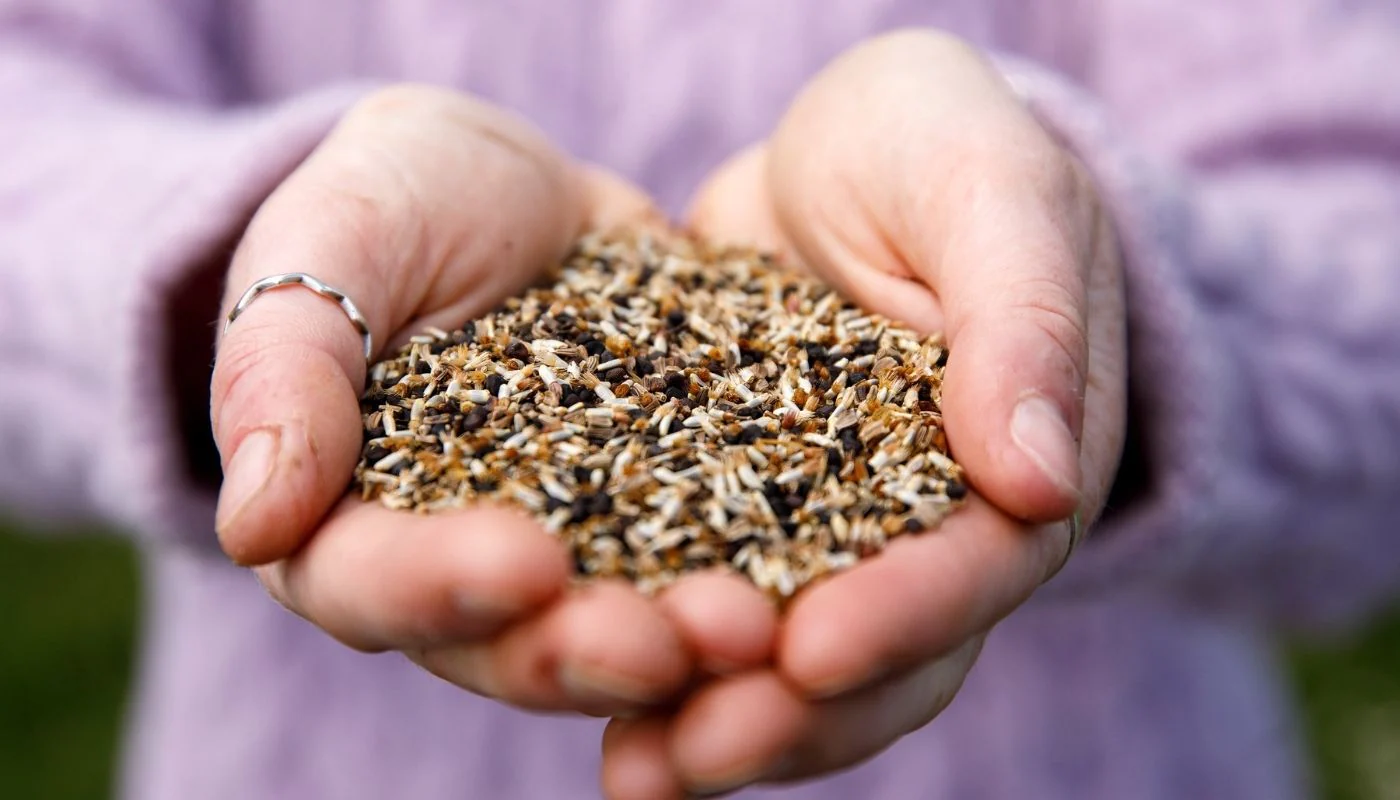
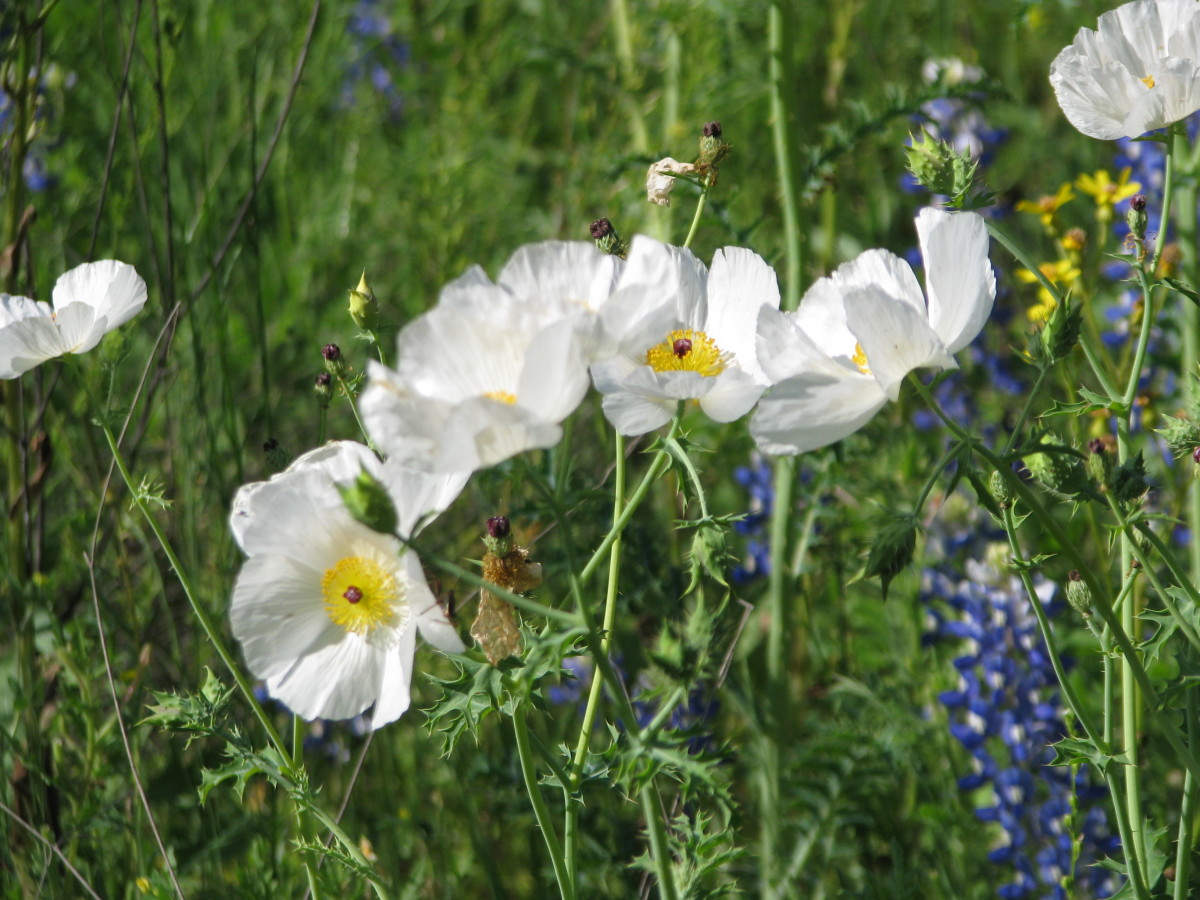
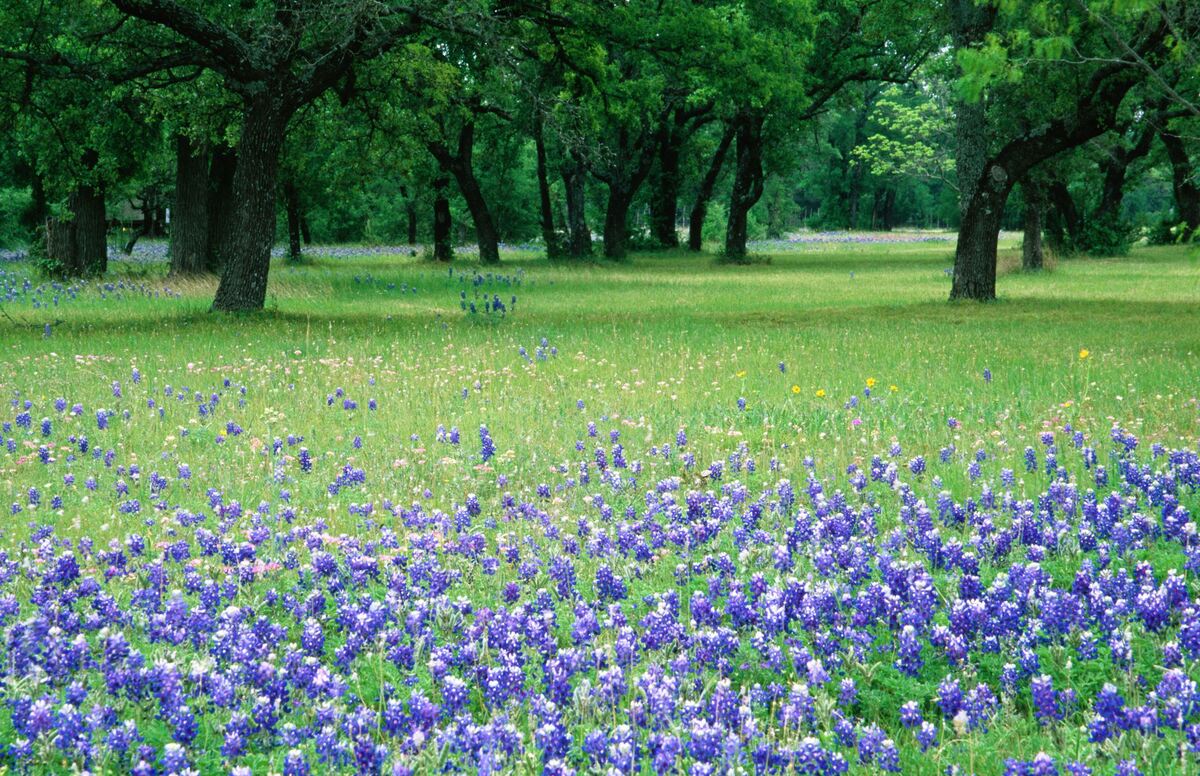
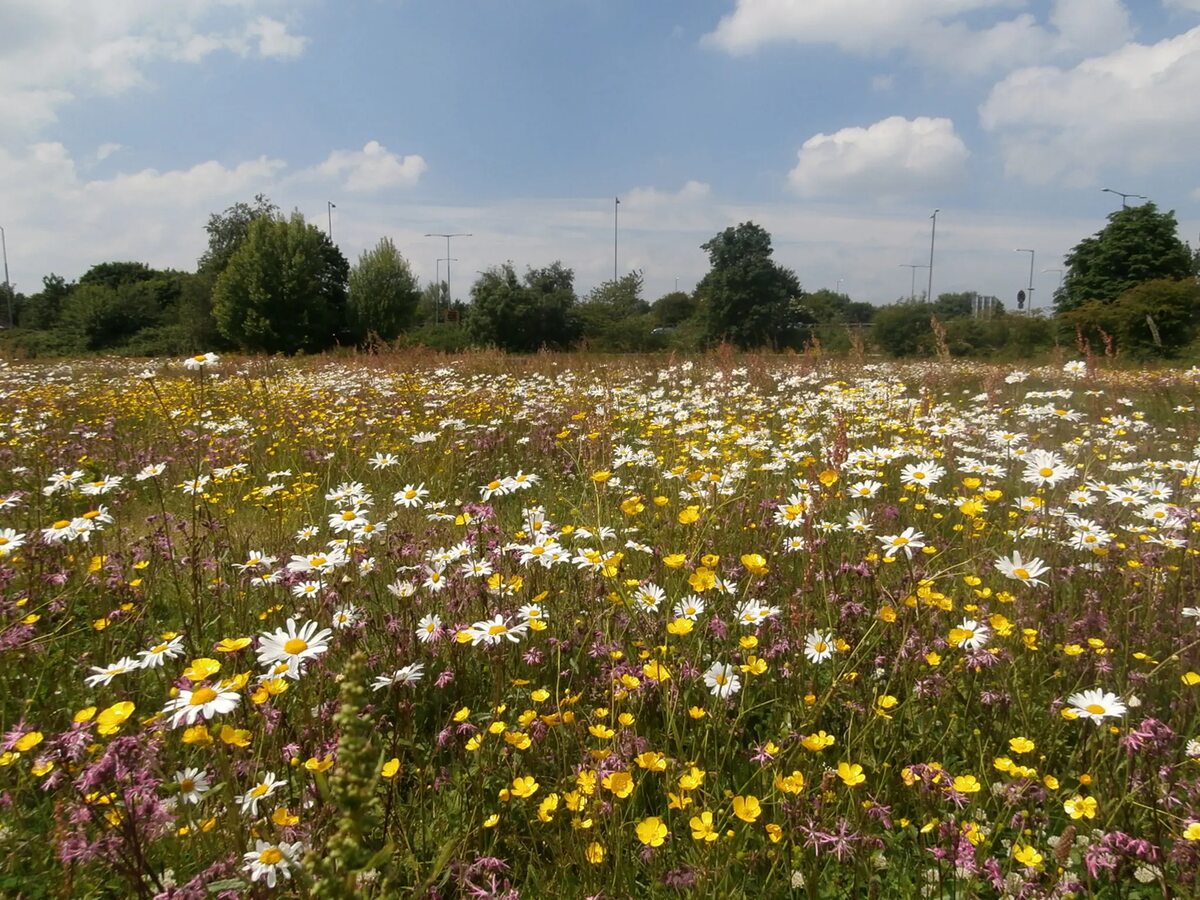
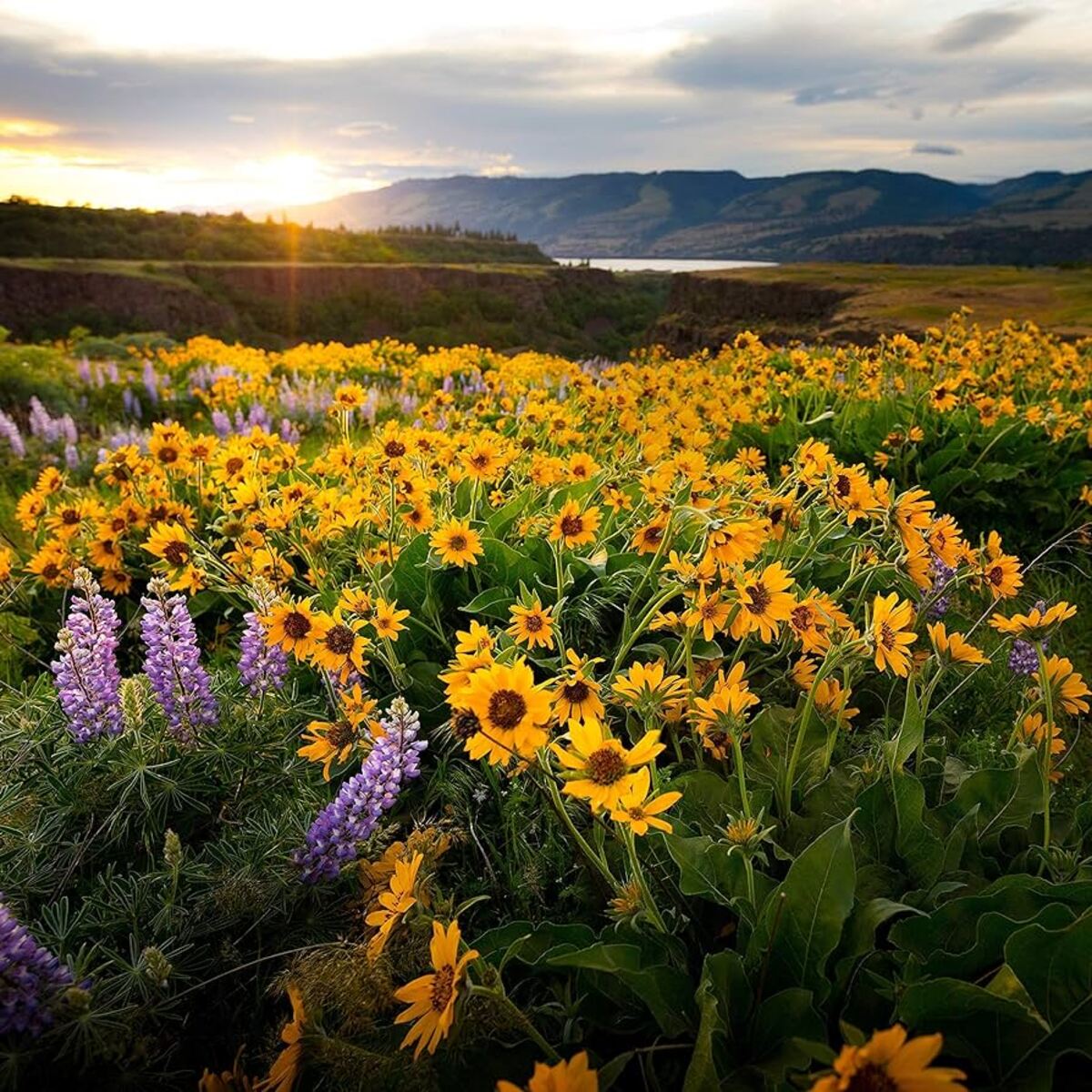
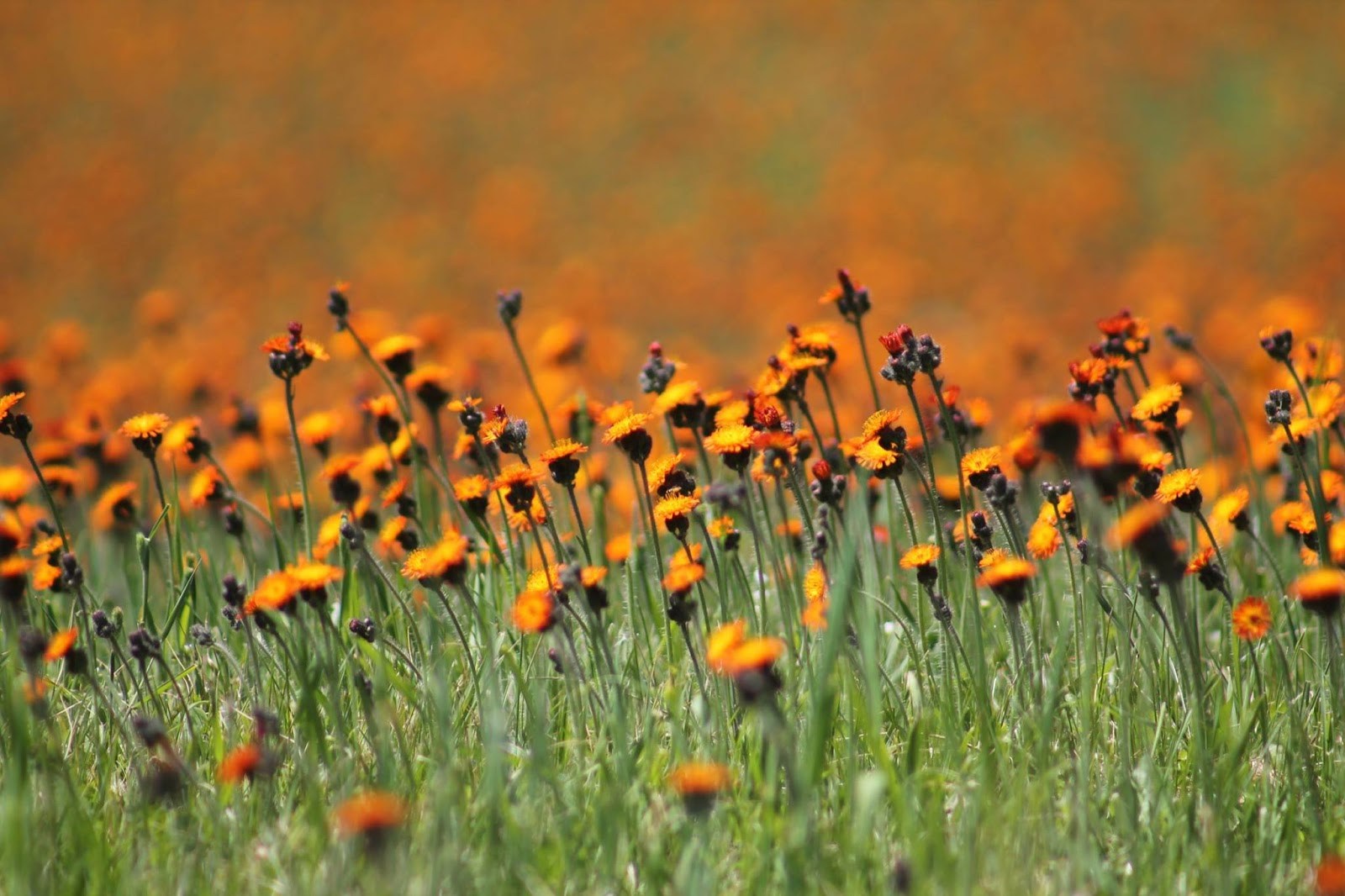

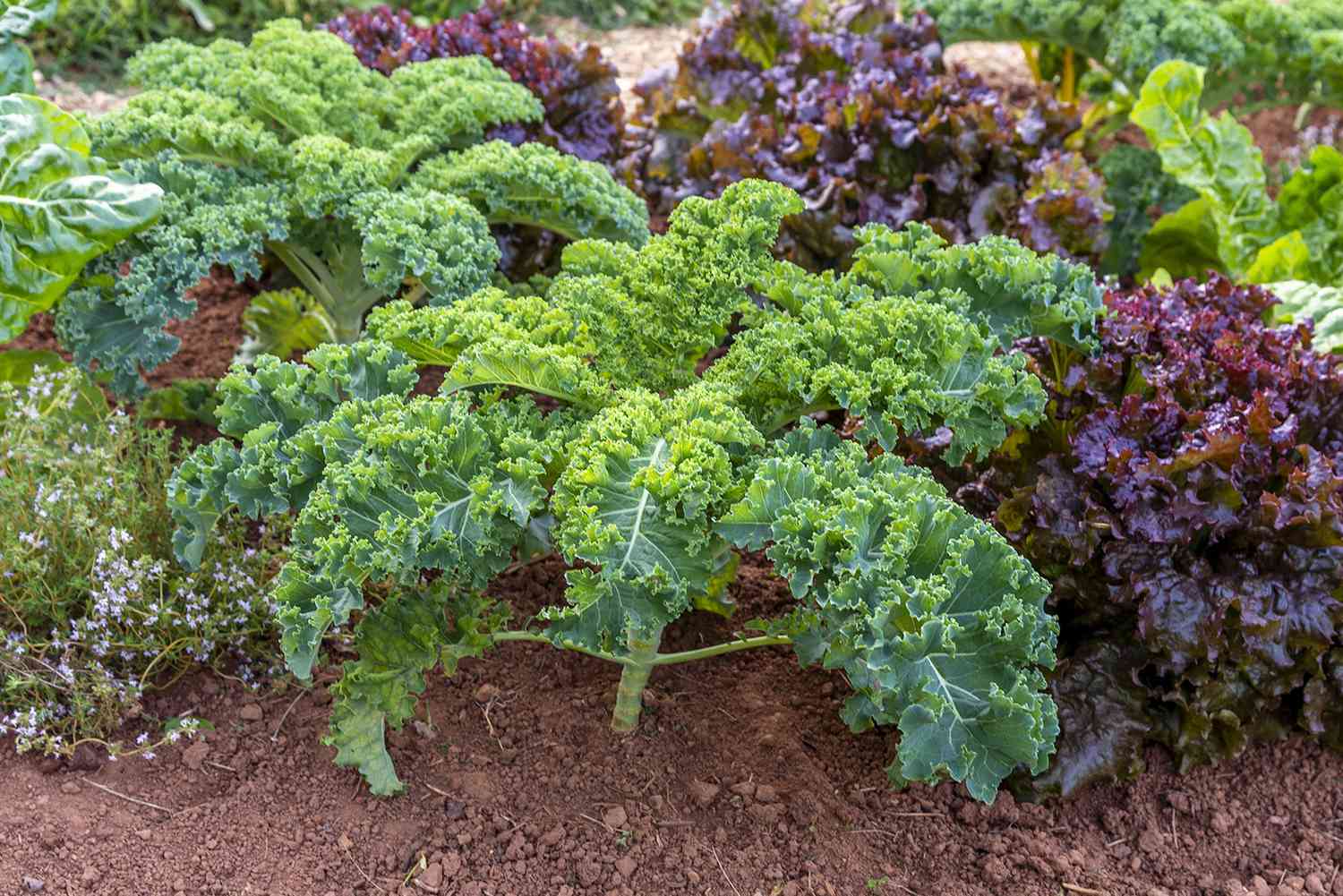
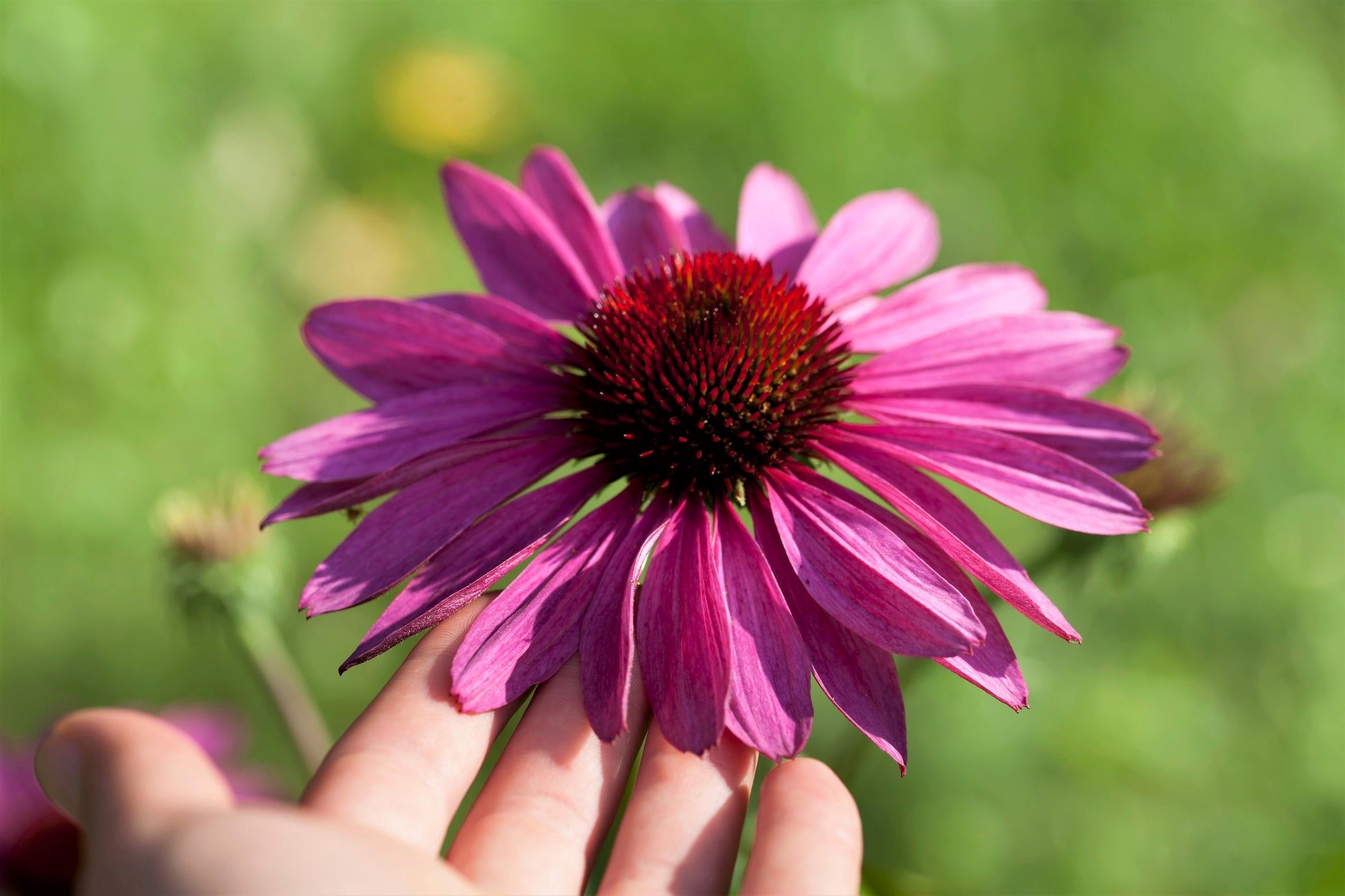
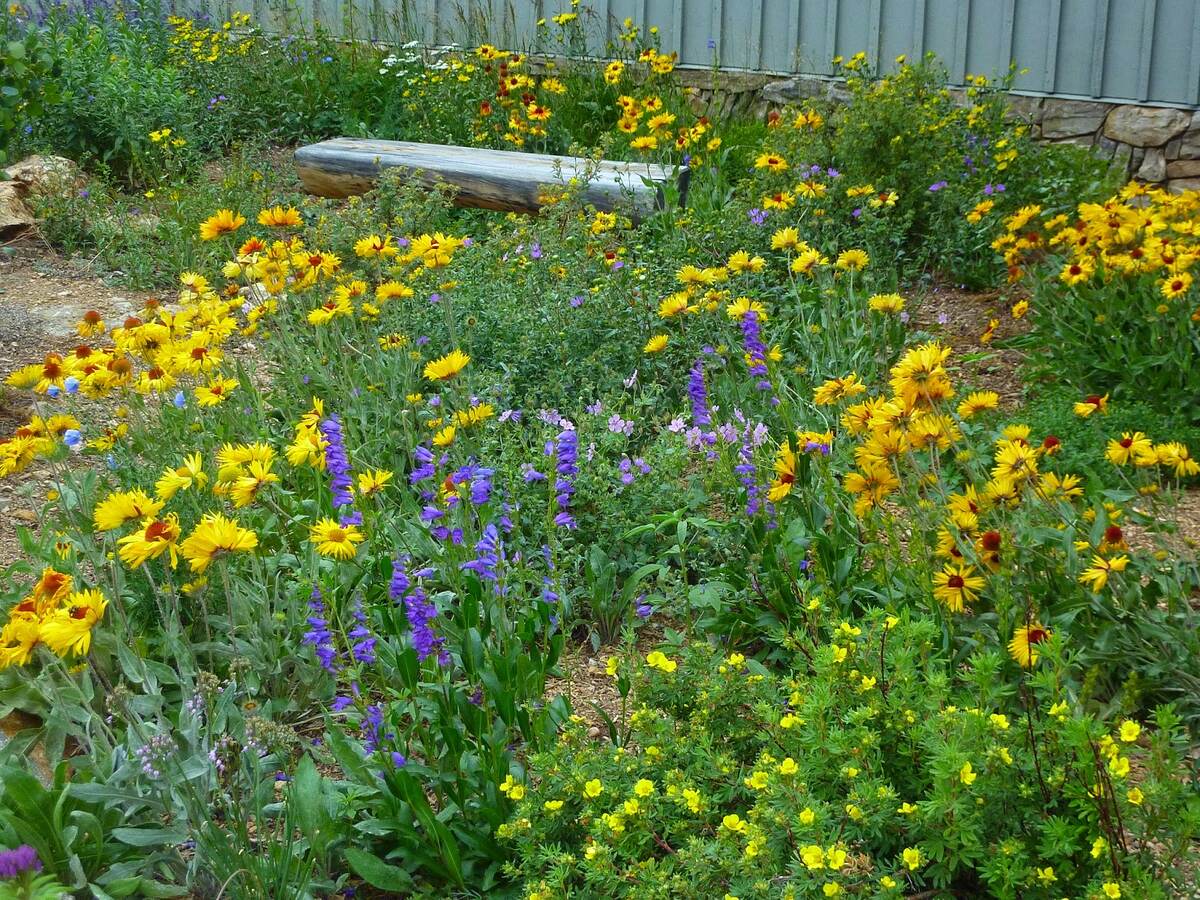
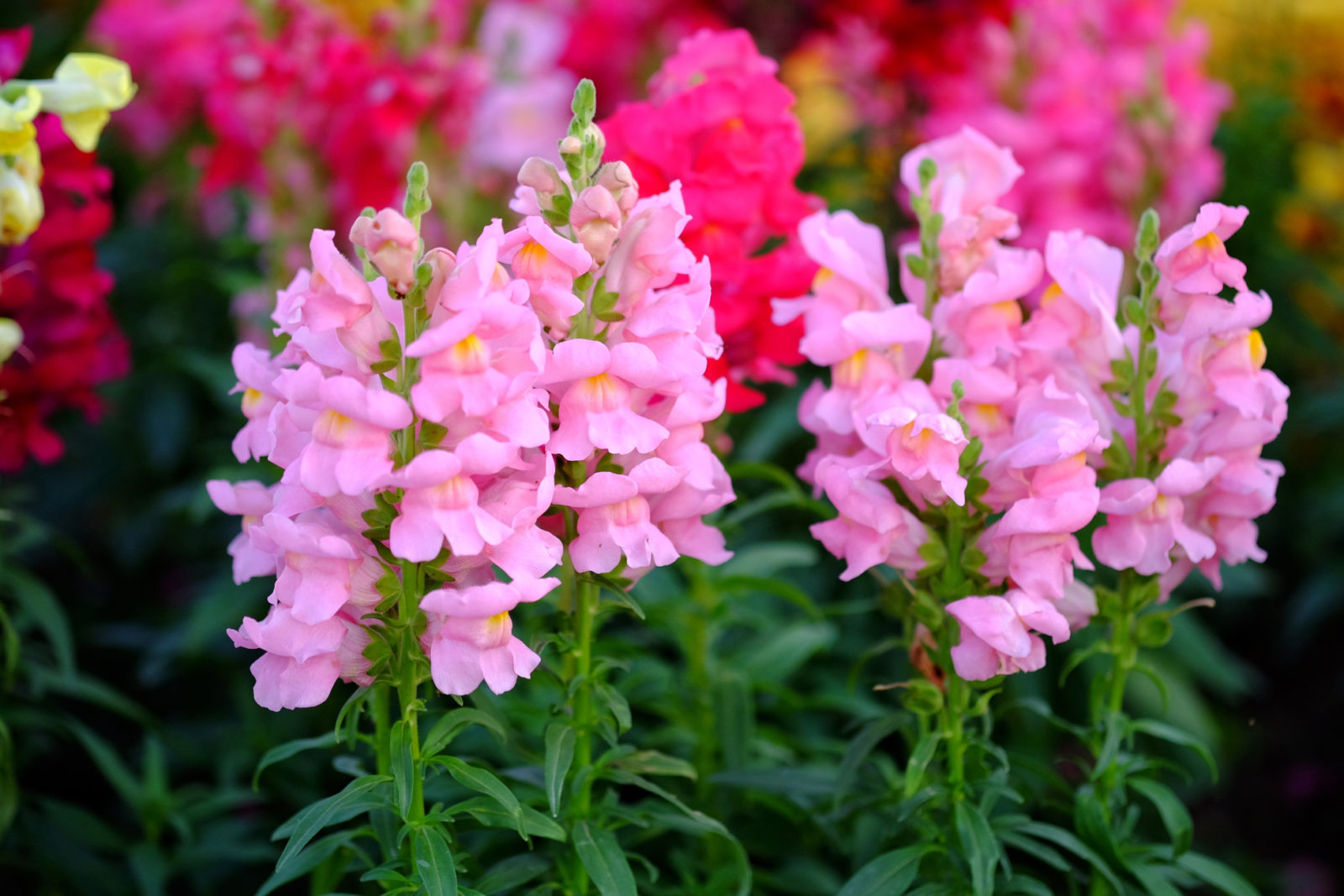
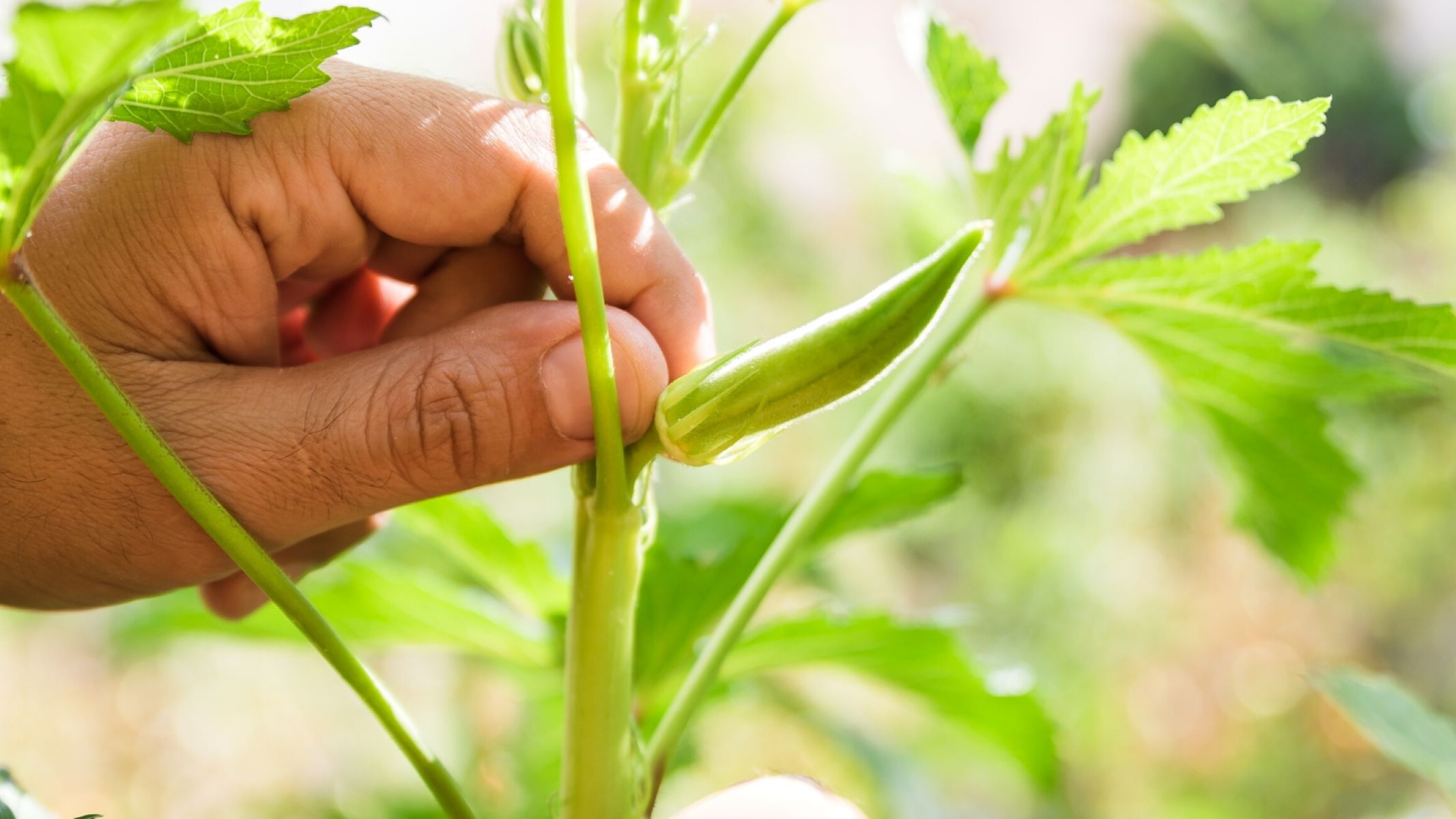
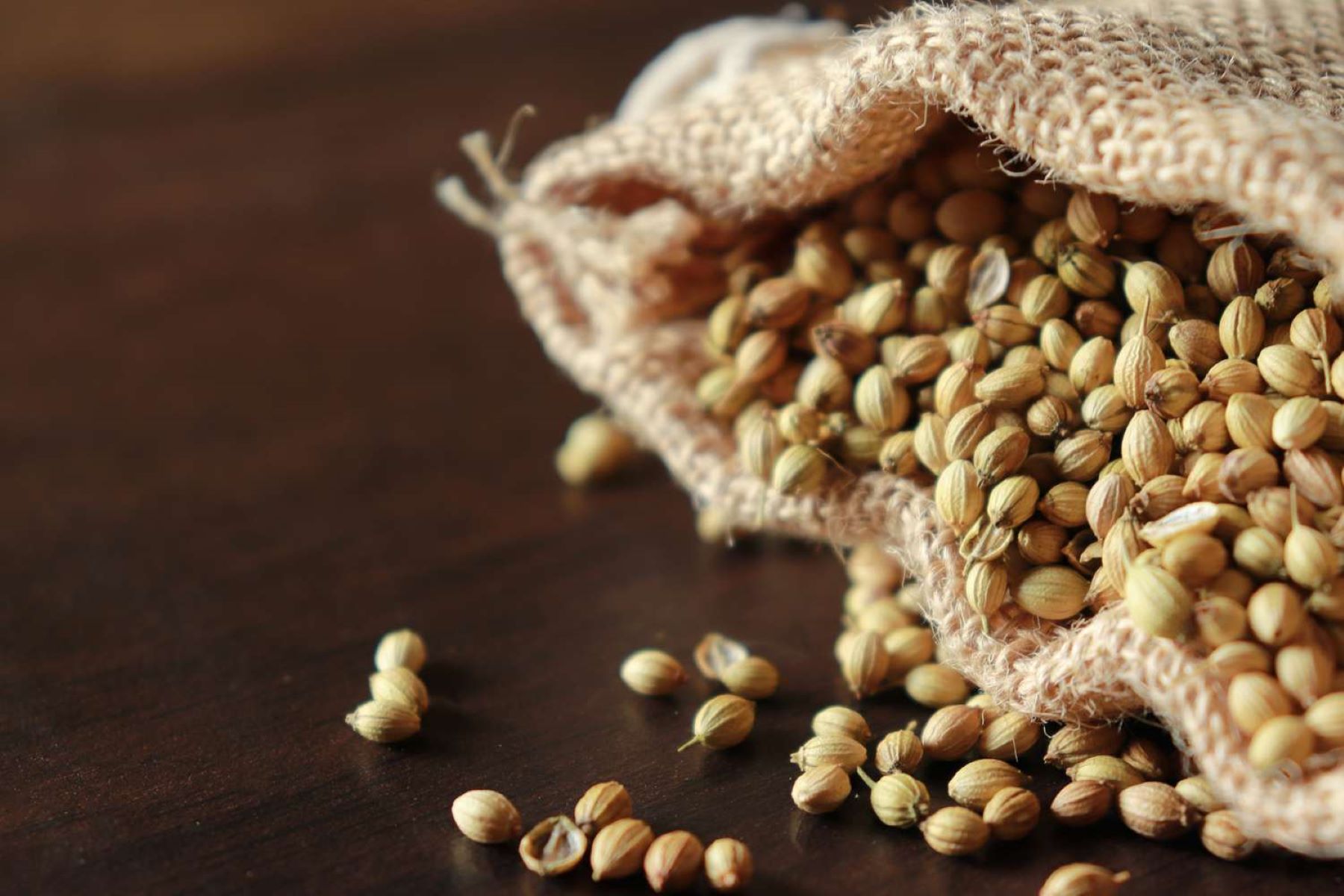

0 thoughts on “Texas Wildflowers: Best Times To Sow Bluebonnet Seeds”